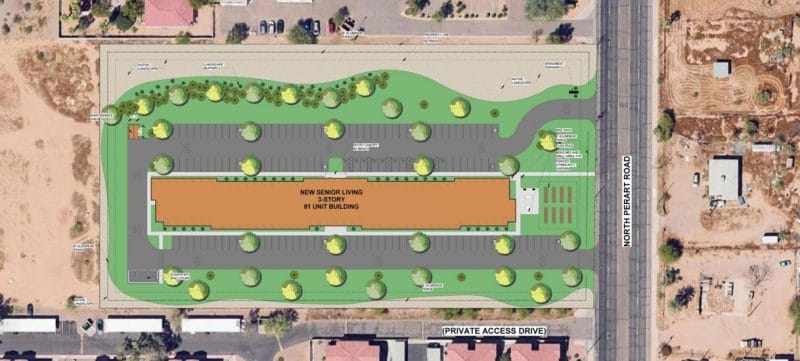Emerson Gorman, a Navajo elder, with his family in the Navajo Nation town of Steamboat in Arizona. There are roughly 67,000 eligible voters in the Navajo Nation. Mark Ralston/AFP via Getty Images
By Rachel Ramirez | Vox
Indigenous voters have often been overlooked by both political parties and categorized as “something else” by the media. But that didn’t stop them from turning out for Democratic presidential nominee Joe Biden in swing states, even amid a devastating pandemic, and giving him a winning edge.
In Arizona, which has gone Republican in every presidential election but one in the past 60-odd years, Biden won by a margin of fewer than 12,000 votes, according to the latest data. Indigenous people make up nearly 6 percent of the state’s population, with eligible voters in the Navajo Nation reaching roughly 67,000 — and 60 to 90 percent of those Navajo Nation voters went for Biden, according to precinct-level data, helping push him ahead as the winner.
In Wisconsin, another key battleground state, Indigenous voters also may have aided Biden’s narrow win. Native Americans make up about 1.2 percent of the state’s population, or 70,000 people. While the exact percentage of the Native vote Biden received is still uncertain, some key facts point to voter turnout in tribal lands. Menominee County, dubbed a bellwether for the state, overlaps with the Menominee Reservation and has an Indigenous population of nearly 90 percent. Biden won the county with 1,303 votes, compared to President Donald Trump’s 278 votes.








